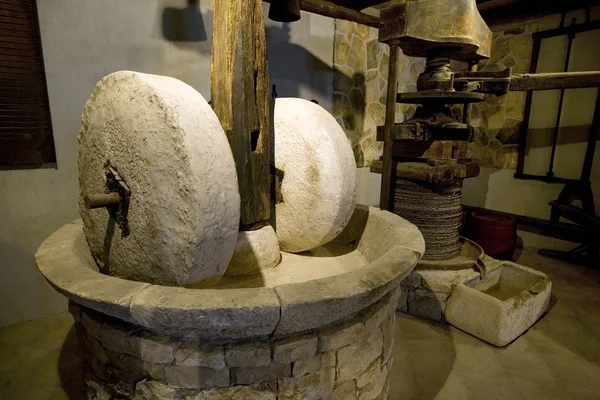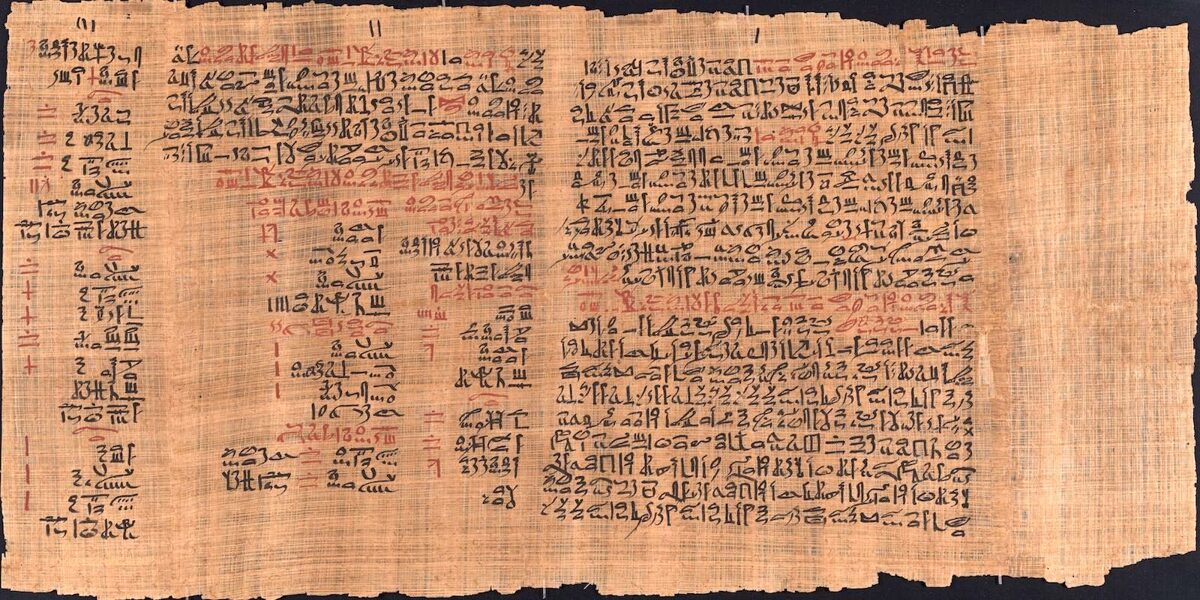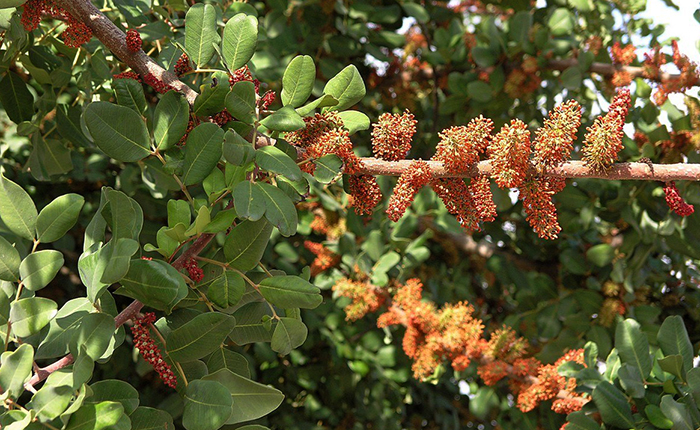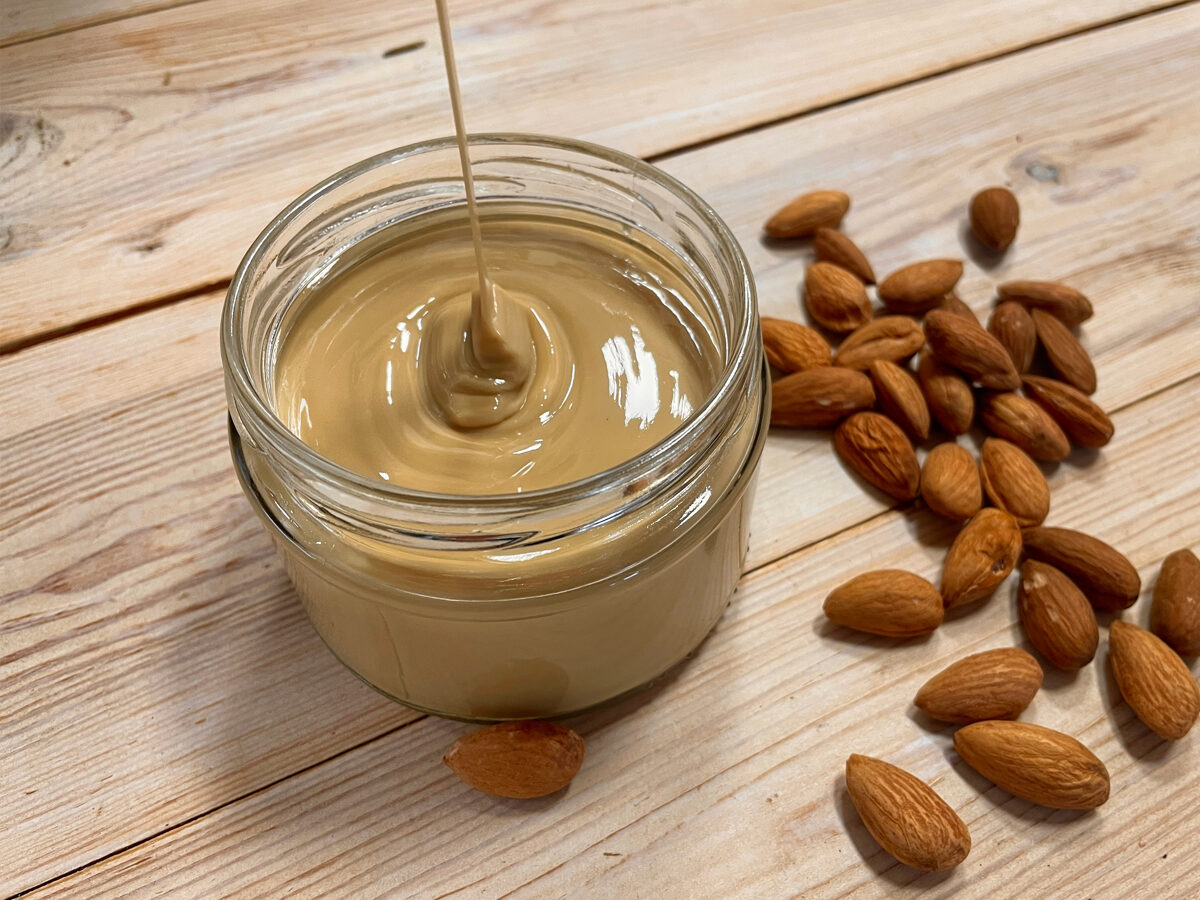Stone‑ground: why pasta made with granite millstones is a truly special product
 On every one of our jars you’ll see the word stone‑ground. For us, it’s not just a label — it’s a philosophy. We use granite millstones to create our pastes the way artisans did centuries ago: slowly, gently, and with respect for the ingredients.
On every one of our jars you’ll see the word stone‑ground. For us, it’s not just a label — it’s a philosophy. We use granite millstones to create our pastes the way artisans did centuries ago: slowly, gently, and with respect for the ingredients.
Modern industrial mills work fast, but the high speed and heat can damage delicate oils and vitamins. Granite millstones turn slowly, keeping the temperature low. Thanks to this process:
the flavor remains rich and “alive”;
the texture becomes silky and smooth;
the natural nutrients are preserved.
Stone‑ground is your guarantee that inside the jar is a product crafted with care and respect for tradition. It’s not just a paste — it’s a taste that cannot be imitated.
Tea Flower: How to Brew This Unique Tea?

A tea flower is a remarkable creation, representing a beautifully tied bud of tea leaves and flowers. When brewed, this bud opens up, offering not only a delightful drink but also a visual spectacle. But how do you brew a tea flower correctly to fully enjoy its taste and beauty?
What is a Tea Flower?
A tea flower, also known as blooming tea, is a hand-tied bundle of tea leaves with natural flowers inside. Typically, white or green tea is used, while flowers such as jasmine, amaranth, lily, or chrysanthemum are added for decoration. The magic happens when you pour hot water over the bundle: the tea flower slowly blossoms, turning a simple tea session into a visual treat.
Choosing the Right Teaware
Brewing a tea flower is first and foremost a visual process, so the best way to prepare it is by using a transparent teapot or glass. This allows you to fully enjoy watching the tea bloom as it unfolds in the water.
A glass teapot with a capacity of 400 ml to 1 liter is ideal. If the tea flower is small, you can use a glass or cup of about 300 ml. The key is to have a clear view of the process.
Water: Temperature and Quality
To brew a tea flower properly, use high-quality water, preferably filtered or bottled. It's also important to control the water temperature. Since flower teas are mostly made with white or green tea, the water shouldn't be too hot—80-85°C (176-185°F) is perfect.
How to measure the temperature? You can use a tea thermometer or simply let boiling water cool for about 3-5 minutes.
Step-by-Step Guide to Brewing a Tea Flower:
Prepare the teaware. Take a clean glass teapot or glass to enjoy the blooming process.
Pour the water. Heat the water to 80-85°C and carefully pour it into the teapot or glass.
Add the tea flower. Gently place the tied tea bud into the hot water. It will first sink and then slowly float to the top and begin to open.
Enjoy the show. The blooming process can take 3-5 minutes. During this time, the tea will gradually infuse with the aromas and flavors contained in the leaves and flowers.
Ready to serve. Once the flower is fully open and the tea has become light and fragrant, you can pour it into cups. Remember, tea flowers can typically be brewed 2-3 times, gradually revealing new flavor notes.
Important Tips:
Don’t use boiling water – too high a temperature can ruin the delicate flavor of the tea and spoil the appearance of the flower.
Don’t leave the flower in the water for too long – it may become too bitter. Once the tea has reached the desired strength, pour it into cups.
Flavor and Aroma Notes
A tea flower has a subtle taste with floral and fruity notes. Typically, white or green tea, used in its creation, gives the drink a light and fresh character, while the added flowers contribute delicate aromas. It’s a perfect choice for those who prefer refined, not overly strong tea flavors.
Conclusion
Brewing a tea flower is a unique ritual that combines aesthetics and taste. This type of tea not only has an exquisite aroma but also brings visual pleasure. By brewing it correctly, you can enjoy not just an extraordinary drink, but a true work of art that unfolds right before your eyes.
Try this amazing process and make your tea time truly special!
Plant milk
 Plant milk is a great alternative to animal milk for those who suffer from allergies, lactose intolerance, or just want to make their diet more varied and healthy. Plant-based milk can be made from a variety of nuts, seeds, grains, and beans. However, it is not always convenient and economical to buy ready-made plant-based milk in the store or spend time preparing it at home.
Plant milk is a great alternative to animal milk for those who suffer from allergies, lactose intolerance, or just want to make their diet more varied and healthy. Plant-based milk can be made from a variety of nuts, seeds, grains, and beans. However, it is not always convenient and economical to buy ready-made plant-based milk in the store or spend time preparing it at home.
Tahini, what do we know about this pasta?

For the first time, the name of the plant semsent, from which the Arabic simsim and Latin sesame came, was mentioned in the ancient Egyptian papyrus Ebers - a scroll containing a list of ancient herbs and spices.
Tahini is a sesame seed paste that is widely used in Middle Eastern, North African and Mediterranean cuisines. It has a thick texture and nutty flavor and can be added to various dishes such as hummus, baba ganoush, shawarma and halva. But where did this pasta come from and how did it become so popular?
There are several versions of the origin of tahini, but the most common of them connects it with the ancient civilizations of Mesopotamia. According to this version, sesame seeds were one of the first cultivated plants grown by people in this region. Sesame was a valuable source of fat and protein and was also used in medicine and religion. Sesame seeds could be mixed with honey or grape syrup and made into a sweet called halva. This word comes from the Arabic "halva", which means "sweet".

However, more technology was needed to produce a paste from sesame seeds. The seeds had to be roasted, peeled and ground in a mortar or millstone. This process could have been invented in different places independently of each other, but one possible point of origin is the ancient city of Ur in southern Mesopotamia (present-day Iraq). Ur was one of the centers of trade and culture in the 3rd-2nd millennium BC and had contact with neighboring peoples such as the Sumerians, Akkadians, Babylonians and Assyrians. Artifacts have been found in Ur that testify to the production and consumption of tahini. For example, on one of the clay tablets with culinary recipes there is a mention of a paste made from sesame and honey.
Tahini spread throughout the Middle East through trade routes and cultural exchanges. It has become part of the Jewish, Christian and Muslim traditions. For example, in Jewish cuisine, tahini is used to make halafel - meatballs made from chickpeas or fava. In Christian cuisine, tahini is added to tarator sauce served with fish or vegetables. In Muslim cuisine, tahini is the main ingredient in hummus.
Tahini is rich in various nutrients such as proteins, fats, carbohydrates, fiber, vitamins and minerals. 100 grams of tahini contains about 18 grams of protein, 51 grams of fat (of which 88% are polyunsaturated fatty acids), 19 grams of carbohydrates (of which 5 grams are dietary fiber) and 590 kilocalories. Also present in tahini are vitamins A, C, E and group B, as well as minerals such as calcium, magnesium, phosphorus, iron, zinc, copper and selenium.
Thanks to this composition, tahini has a number of positive health effects:
- Strengthens bones and teeth. Tahini is one of the best plant sources of calcium, which is essential for bone formation and maintenance. 100 grams of tahini contains 960 milligrams of calcium, which is 96% of the daily value for an adult. In addition, tahini contains magnesium and phosphorus, which also contribute to healthy bones and teeth.
- Reduces cholesterol and the risk of cardiovascular disease. Tahini is rich in omega-3 and omega-6 polyunsaturated fatty acids, which help lower "bad" cholesterol (LDL) and increase levels of "good" cholesterol (HDL) in the blood. This helps to cleanse the vessels of atherosclerotic plaques and prevents the development of coronary heart disease, myocardial infarction and stroke.
Interesting about carob.
 A few years ago, no one had heard of carob.
And what do we now know about this ancient spice and medicinal plant, besides the fact that it is an alternative to cocoa and chocolate, how is carob useful?
Carob powder is obtained from the fruit of Ceratonia siliqua, a carob tree. It is an evergreen plant of the legume family native to the Mediterranean.
A few years ago, no one had heard of carob.
And what do we now know about this ancient spice and medicinal plant, besides the fact that it is an alternative to cocoa and chocolate, how is carob useful?
Carob powder is obtained from the fruit of Ceratonia siliqua, a carob tree. It is an evergreen plant of the legume family native to the Mediterranean.  The fruits of the carob tree have an astringent property and are not eaten fresh. After the pods are dried in the sun, they become sweet. That is why you do not need to add sugar to carob products. Interestingly, the carob tree never gets sick, and pests bypass it. This is the reason all carob is considered organic.
When using carob, it is important to remember that the spice contains a lot of fructose. One standard glass of carob contains about 51 g, and although it is natural, this must be taken into account. By the way, there is almost no fat in carob, this is another important difference from cocoa powder.
Besides the fact that carob is sweet, it is rich in protein, pectins and fiber, it contains an impressive range of vitamins and minerals: vitamins A, B2, B3 and B6, copper, calcium (twice as much as in cocoa beans!), manganese, potassium , magnesium, phosphorus, zinc, selenium.
In carob, unlike cocoa, coffee and chocolate, caffeine and theobromine are not found. Carob can be consumed by everyone, including breastfeeding mothers.
A warm drink made from carob is good to drink before bed as a mild relaxant. It promotes fast falling asleep and deep sleep.
Powder can be substituted for cocoa in any recipe. It is important to consider that in this case the amount of sugar must be greatly reduced, since the natural sweetness of carob is about half the same as that of regular sugar.
Can be added to smoothies and shakes
use as a sweetener when baking bread, pancakes and brownies;
knead drinks such as cocoa or hot chocolate;
prepare puddings or mousses.
Prepare a treat that children and adults adore. The recipe is very simple: carob powder is mixed with ground dried fruits and nuts, after which balls are formed. They can be rolled in sesame seeds or poppy seeds, coconut flakes or the same carob.
Cat and dog lovers know that chocolate is bad for animals. Unlike carob! Since it does not contain theobromine, manufacturers often add carob to dog treats that are used as a training reward.
Carob in powder form can be stored for up to a year and a half. To ensure safety, a dark, dry place at room temperature, which is not exposed to direct sunlight, is quite suitable. It is important that spices do not coexist nearby. If you place the powder in an airtight glass jar, then it will be completely intact and up to two years.
In our store you can buy carob powder from Italy, packaged in bags of 250 g and 500 g. The assortment includes chocolate on carob with various additives. There are also ready-made kits for making chocolate on carob at home or with friends, spending interesting evenings.
The fruits of the carob tree have an astringent property and are not eaten fresh. After the pods are dried in the sun, they become sweet. That is why you do not need to add sugar to carob products. Interestingly, the carob tree never gets sick, and pests bypass it. This is the reason all carob is considered organic.
When using carob, it is important to remember that the spice contains a lot of fructose. One standard glass of carob contains about 51 g, and although it is natural, this must be taken into account. By the way, there is almost no fat in carob, this is another important difference from cocoa powder.
Besides the fact that carob is sweet, it is rich in protein, pectins and fiber, it contains an impressive range of vitamins and minerals: vitamins A, B2, B3 and B6, copper, calcium (twice as much as in cocoa beans!), manganese, potassium , magnesium, phosphorus, zinc, selenium.
In carob, unlike cocoa, coffee and chocolate, caffeine and theobromine are not found. Carob can be consumed by everyone, including breastfeeding mothers.
A warm drink made from carob is good to drink before bed as a mild relaxant. It promotes fast falling asleep and deep sleep.
Powder can be substituted for cocoa in any recipe. It is important to consider that in this case the amount of sugar must be greatly reduced, since the natural sweetness of carob is about half the same as that of regular sugar.
Can be added to smoothies and shakes
use as a sweetener when baking bread, pancakes and brownies;
knead drinks such as cocoa or hot chocolate;
prepare puddings or mousses.
Prepare a treat that children and adults adore. The recipe is very simple: carob powder is mixed with ground dried fruits and nuts, after which balls are formed. They can be rolled in sesame seeds or poppy seeds, coconut flakes or the same carob.
Cat and dog lovers know that chocolate is bad for animals. Unlike carob! Since it does not contain theobromine, manufacturers often add carob to dog treats that are used as a training reward.
Carob in powder form can be stored for up to a year and a half. To ensure safety, a dark, dry place at room temperature, which is not exposed to direct sunlight, is quite suitable. It is important that spices do not coexist nearby. If you place the powder in an airtight glass jar, then it will be completely intact and up to two years.
In our store you can buy carob powder from Italy, packaged in bags of 250 g and 500 g. The assortment includes chocolate on carob with various additives. There are also ready-made kits for making chocolate on carob at home or with friends, spending interesting evenings. We offer our customers only the best, what we love ourselves!
Almonds butter

What is Fino de Aroma cocoa ?


